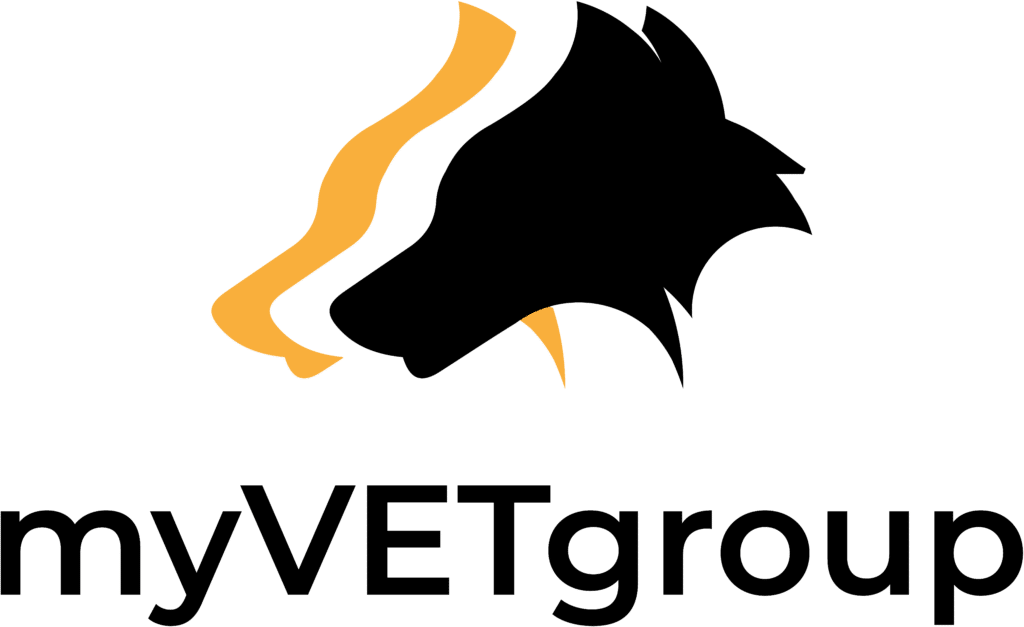As practice owners weigh transition and exit strategies, understanding the interplay of broader economic forces is critical to maximizing returns. The 2025 landscape presents both unprecedented opportunities and hidden risks—both of which require careful navigation.
Let’s explore some key macroeconomic drivers and why you should care. We’re specifically diving into the US market’s core drivers, which can point to how markets elsewhere may also move over the next year.
The Interest Rate Window: Sell Before the Fed’s Next Move
The Federal Reserve projects up to three rate cuts in 2025 to stimulate slowing GDP growth. These rates directly impact buyer financing costs.
This presents inherent risks to practice sellers. Prolonging a practice sale or exit risks exposure to renewed concerns about rising inflation and potential 2026 rate hikes.
In addition, corporate buyers are expected to be highly active throughout 2025, driven by recapitalization goals and a desire to accelerate growth through acquisitions. This sustained corporate demand will likely have a great effect on practice valuations—especially for established, profitable practices.
Corporate buyers are also increasingly focused on long-term strategies, including IPO goals, as they consolidate practices into larger networks. This trend highlights the importance of timing your sale strategically to align with market dynamics.
Proactive planning is one way to combat this uncertainty. If you’re considering an exit, target closing dates before November 2025 so you can capitalize on buyers motivated by current (lower) interest rates.
Geopolitical Wildcards (Don’t Ignore them.)
New regulations and global instability aren’t just morning radio fodder. They can reshape your practice economics.
Consider the following:
- Trump’s proposed tariffs. Some of the planned US tariffs can, for example, raise some downstream costs for the upcoming year. New equipment and supplies, in particular, could start making a dent in ways they haven’t prior.
- Inflation and rising costs. Practices that have adapted to increased costs (for supplies, staff, and other operations) by leveraging Group Purchasing Organizations (GPOs) for bulk discounts and implementing cost-saving measures—such as online booking or telemedicine—will stand out.
- Legislation proposals. Unsurprisingly, new bills and regulations can impact your business in a myriad of ways. But they can also affect your clients—keep that in mind as you try and get out in front of local needs and concerns as part of growing your business.
- Recession resistance. Veterinary practices are known for their stability during economic downturns; pet care remains a priority for many families. Focus on building out efficiencies, and you’ll always be in a good position for whatever comes next.
Profitability Always Matters
Rising costs for labor, supplies, and general operations will make profitability a crucial aspect of practice valuation. Practices that are able to manage expenses efficiently, maintain strong profit margins, and keep their fees in line with inflation will be more attractive to buyers.
Focusing on metrics like EBITDA (Earnings Before Interest, Taxes, Depreciation, and Amortization) will be essential in assessing your practice’s financial health. Healthy revenue streams, strong profitability, and cost management efficiencies all contribute to higher valuations. This is where speaking to a specialized advisor can really help support your goals.
Conclusion
The industry is expected to present a range of opportunities for those looking to transition from practice ownership. To succeed in this dynamic market, it’s important to focus on profitability, practice health, efficient operations, and strategic planning.
If you’re ready to take the next step, contact us today for a consultation. We can help you identify opportunities to enhance your veterinary practice and support your long-term goals.
